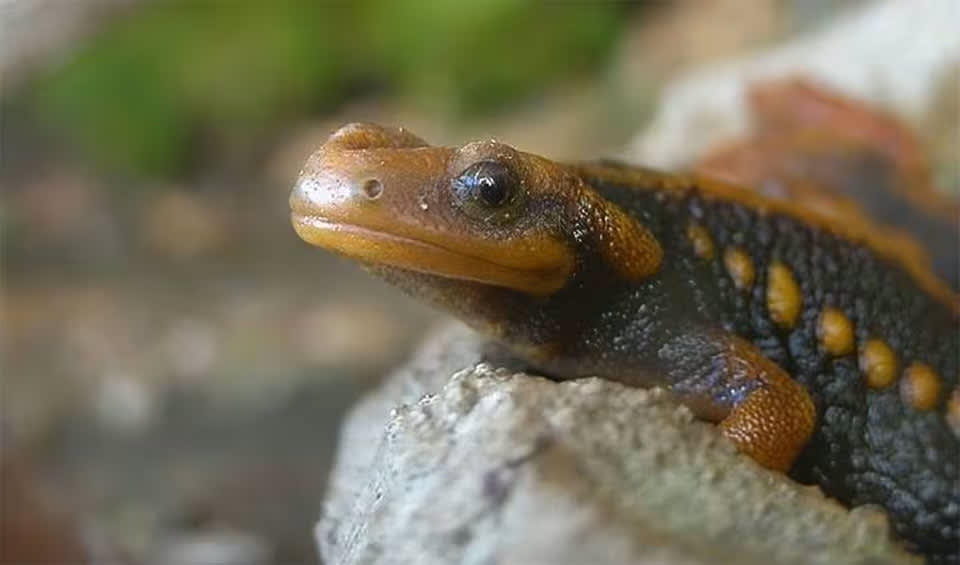Tylototriton – Crocodile newts
A recently discovered genus of Asian newts commonly also known as knobby newts
Commonly referred to as crocodile newts, these amphibians are characterized by their predominantly brown or black coloration, with occasional striking orange accents on their oval-shaped head, tail, and limbs. This distinctive coloration adds to their visual allure.
Crocodile newts have a contrast between the color of their tails and the rest of their bodies. Typically, the tail exhibits a lighter shade compared to the overall body coloration, creating a visually appealing and distinctive appearance. In terms of size, females of this species are generally larger than males, a common sexual dimorphism observed among crocodile newts.
Their preferred habitats are mountainous woodlands situated near lakes, pools, and streams. They tend to inhabit high-altitude regions, often choosing areas with ample access to water sources. These aquatic environments are crucial for their survival, as they serve as breeding grounds and provide essential resources for their development.
One significant threat faced by crocodile newts is their popularity in the illegal pet trade. Due to their unique appearance and desirability as exotic pets, these amphibians are frequently over-collected from their natural habitats. This over-collection poses a significant risk to their populations in the wild, potentially leading to declines in their numbers and conservation concerns.
Species in this genus
Himalayan newt
A recently discovered genus of Asian newts is commonly known as knobby newts


